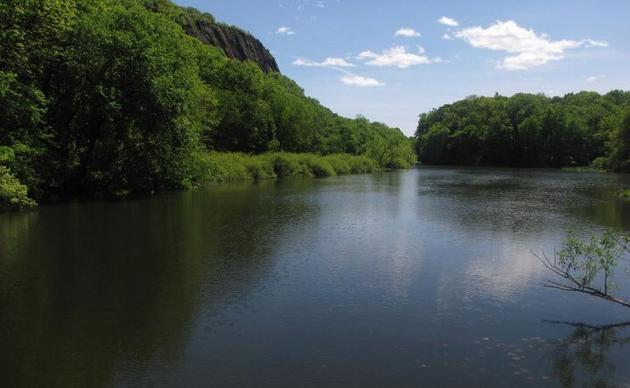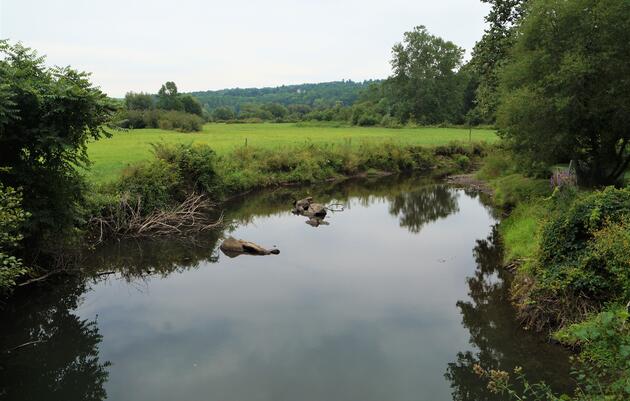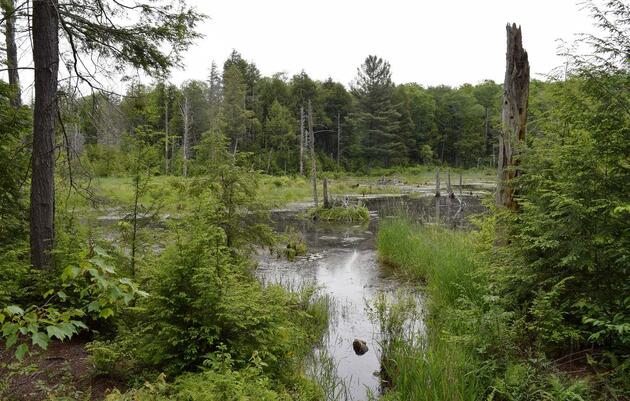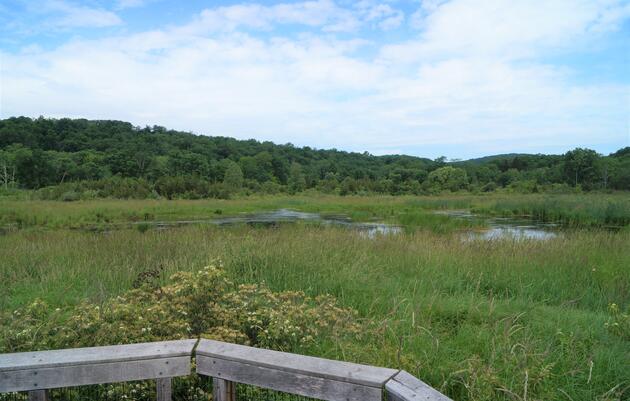Wetland Mitigation and Connecticut’s In Lieu Fee Program
Connecticut’s wetlands are of tremendous value to birds and humans alike for wildlife habitat, water quality improvements, and flood storage.
Per the Clean Water Act (CWA)—landmark environmental protection legislation passed in 1972 that applies to all waters of the United States—parties seeking to construct projects (“permittees”) that will have an impact on wetlands must take all reasonable measures to avoid such impacts, to minimize unavoidable impacts, and to provide mitigation for the remaining unavoidable impacts.
On the one hand, permittees could themselves be held responsible for taking on wetland and/or stream mitigation projects, but studies have shown that many mitigation sites in southern New England have a high failure rate because they fail to meet performance standards (Minkin and Ladd, 2003).
For this reason, the National Audubon Society, Inc., through its state office, Audubon Connecticut, became the “sponsor” of a Connecticut “In Lieu Fee” (ILF) program as of 2013. The program allows permittees to pay a fee in lieu of taking on mitigation themselves. Instead, local organizations like land trusts, and other environmental nonprofits, are given the opportunity to apply for and receive grant funding to protect and enhance wetlands.
How Does the In Lieu Fee Program Work?
Any and all projects that may have an impact on wetlands require a permit or permits from the U.S. Army Corps of Engineers. The Corps determines whether payment of an ILF is appropriate, the amount of fee to be paid, and requires that the fee be paid into the program prior to the start of construction of the project.
Payment into the ILF Program does not equate to an Audubon endorsement of the proponent’s project. Audubon plays no role in the Corps’ regulatory decision determining the nature and extent of required mitigation, or the appropriateness of any ILF payment.
For more on the protocols and procedures involved, read the full program Instrument here. You can find additional information on the fact sheet.
How to Receive Grant Funding to Protect and Enhance Wetlands
The Connecticut Wetland In-Lieu Fee (ILF) Program has accrued sufficient funds that are now available for the preservation, restoration, and enhancement of wetland and watercourse resources and associated upland buffers in the State of Connecticut.
To be eligible to receive funding, your first step is to submit a Letter of Intent. Please read this official request for Letters of Intent, fill out the form at the bottom, and submit to AZemba@landtechconsult.com.
If your Letter of Intent is approved, you will need to fill out the full application. Application instructions can be previewed here. The application form can be previewed here.
Once projects are chosen, Audubon Connecticut is responsible for funding the project via the grant, ensuring conservation projects are implemented, and that they provide for long-term stewardship.
SUCCESS STORIES
Salmon Kill Creek Riparian Restoration
Initiated by Trout Unlimited, this project restores reaches of the Salmon Kill in Salisbury, Connecticut.
Stoeke and Bosco Property Acquisitions
The Hartland Land Trust has preserved important wetlands and forest blocks, forever.
Wimisink Marsh Important Bird Area Expansion
The Naromi Land Trust expands protection of a freshwater wetland preserve and essential home for birds.




